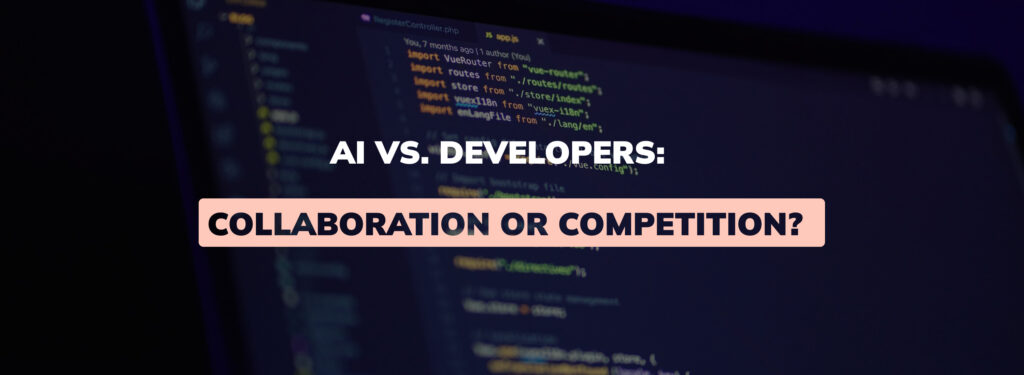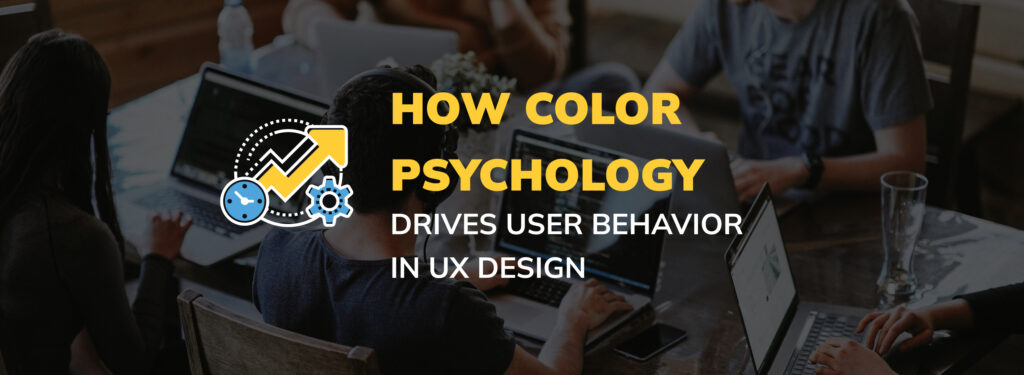In today’s fast-paced world, technology is growing, and being up-to-date on the newest IT trends is more important than ever. As businesses continue to rely significantly on technology to improve their operations, staying current with the latest innovations is critical to remaining competitive in the market. Why is keeping up with the latest IT trends so important?
In this post, we will look at the top IT trends and how they could benefit businesses. We’ll explore how remaining updated affects productivity, security, and innovation.
5 Major IT Trends
Keeping up with the newest IT innovations is critical for organizations and IT professionals to remain competitive, efficient, and secure. Here are some of the most recent IT trends influencing the industry:
1. Cloud Computing
Cloud computing has transformed how businesses work by allowing access to diverse computing resources via the internet. Cloud computing is the technique of storing, managing, and processing data on a network of remote servers rather than a local server or a personal computer. This enables organizations to use computational capabilities on demand without investing in costly hardware or maintaining a huge IT infrastructure.
There has been an increasing trend in recent years toward multi-cloud settings, serverless computing, and hybrid cloud solutions. Multi-cloud environments make use of various cloud providers to obtain increased flexibility, scalability, and resilience. In contrast, serverless computing allows enterprises to execute apps without the need to manage servers or infrastructure. Hybrid cloud solutions combine the advantages of public and private clouds, allowing organizations to select the optimum platform for each workload. Because of these trends, organizations have been able to streamline their IT operations and achieve increased efficiency, agility, and creativity. Netflix, Airbnb, and Spotify are among the organizations that have effectively implemented cloud computing.
2. Artificial Intelligence (AI) and Machine Learning (ML)
The ability of robots to execute tasks that would normally require human intelligence, such as visual perception, speech recognition, decision-making, and language translation, is referred to as artificial intelligence (AI). A type of AI known as machine learning (ML) includes training algorithms to learn from data and improve their performance over time without being explicitly programmed.
AI and machine learning have multiple applications in a variety of areas, including healthcare, finance, manufacturing, and transportation. AI and ML are being utilized in healthcare for disease diagnosis, drug discovery, and individualized treatment strategies. AI and ML are being utilized in finance for fraud detection, credit assessment, and investment research. AI and ML are being utilized in manufacturing for predictive maintenance, quality control, and supply chain efficiency. AI and ML are being applied in transportation for autonomous vehicles, traffic prediction, and logistics management.
The most recent trends in AI and ML include explainable AI, which involves making the decision-making process of AI algorithms transparent and understandable to humans, ethical AI, which consists in ensuring that AI systems are developed and used responsibly and ethically, and edge computing, which involves processing data on devices at the network’s edge rather than sending it to a central server. Companies like Google, Amazon, Microsoft, and IBM have used AI and machine learning to create breakthrough products and services like Google Assistant, Amazon Alexa, Microsoft Cortana, and IBM Watson.
3. Cybersecurity
Cybersecurity has become a crucial problem for businesses of all sizes in today’s digital age. Companies must take proactive efforts to secure their sensitive information and assets as cyberattacks and data breaches increase. With the increased popularity of cloud computing, mobile devices, and the Internet of Things (IoT), which have provided new avenues for hackers to exploit, the need for cybersecurity has grown even more critical.
To solve these difficulties, corporations are implementing novel cybersecurity methods such as zero-trust security, DevSecOps, and security automation. Zero-trust security is a model that believes no one is trustworthy and requires all users and devices to be validated before accessing any resources. DevSecOps is a methodology that integrates security into the software development process, making security a core component of the product rather than an afterthought. Security automation entails automating security tasks like vulnerability assessment, threat detection, and incident response utilizing tools and technology. Companies that have implemented these strategies have seen considerable gains in their cybersecurity posture, allowing them to reduce the risks of cyberattacks and data breaches.
4. Internet of Things (IoT)
The Internet of Things (IoT) is a rapidly expanding network of networked gadgets that communicate with one another and their users. These devices can range from simple sensors to complicated equipment and are used in a variety of industries, including healthcare, manufacturing, and transportation. The potential impact of IoT on these businesses is enormous, as it has the potential to improve efficiency, cut costs, and improve customer experience.
One of the most recent IoT innovations is 5G-enabled IoT, which promises quicker and more dependable device connectivity. This will enable more real-time data processing and analysis, potentially leading to better decision-making and more responsive systems. Edge computing is another prominent trend since it enables data processing and analysis closer to the source, reducing latency and increasing efficiency. However, as the number of devices and data generated grows, IoT security has become a key concern for many businesses. As a result, strong security measures must be implemented to safeguard the privacy and safety of users as well as the devices themselves. Amazon, GE, and Philips have already deployed IoT technologies to improve their operations and customer experience, and more are anticipated to do so in the coming years.
5. Blockchain
Blockchain technology is a distributed ledger that allows for safe, transparent, and tamper-proof transactions. It was created as the underpinning technology for cryptocurrencies such as Bitcoin, but its potential applications go far beyond money. Blockchain technology can be used to build decentralized, trustless networks for a variety of applications ranging from supply chain management to voting systems.
There have been some intriguing advances in the field of blockchain technology in recent years. One of the most promising technologies is decentralized finance (DeFi), which allows users to access financial services such as lending, borrowing, and trading without intermediaries. Non-fungible tokens (NFTs) have also grown in prominence, allowing for the creation and ownership of one-of-a-kind digital goods like artwork and collectibles. Furthermore, blockchain-based supply chain management solutions are being created to improve transparency and efficiency in global supply networks. Companies such as IBM, Walmart, and Maersk have already used blockchain to manage supply chains, and many more are anticipated to do so in the coming years.
Conclusion
With the continuously changing IT landscape, it is more critical than ever to keep up with the latest trends and technologies. Cloud computing, artificial intelligence, cybersecurity, IoT, and blockchain are just a handful of the hottest IT technologies shaping the industry. Individuals and businesses must constantly learn and adapt to remain relevant and competitive. This includes learning about new technology, attending industry conferences and events, and looking for training and development opportunities. You can position yourself and your business for success in the fast-paced world of IT by embracing a culture of continual learning and adaptability. So don’t put it off any longer; start researching the latest IT trends today to stay ahead of the curve!







